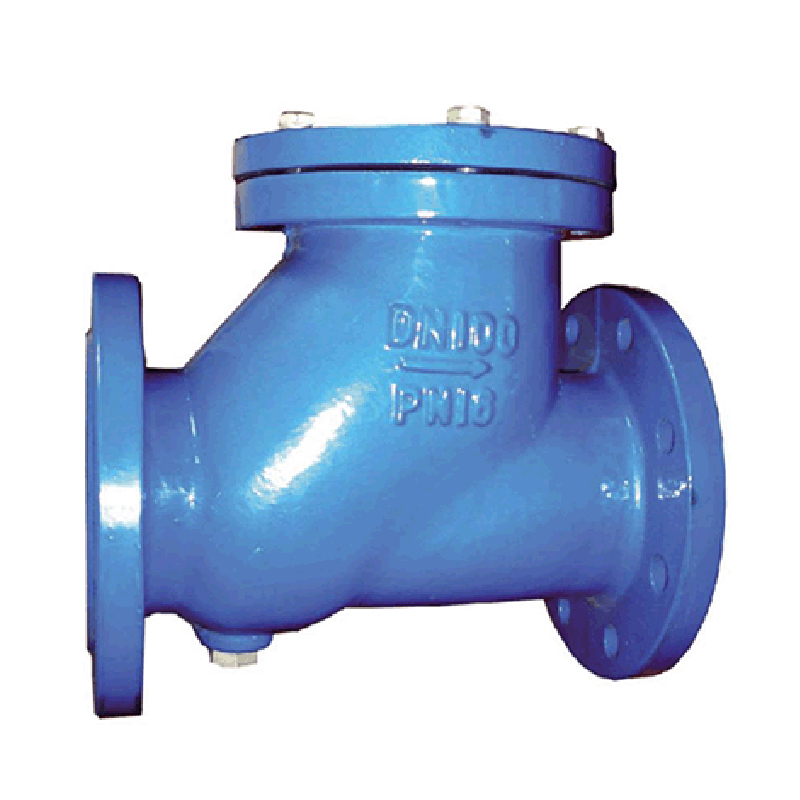നവം . 05, 2024 12:44 Back to list
semi lugged butterfly valve
Understanding Semi-Lugged Butterfly Valves
Butterfly valves are crucial components in various fluid control applications, providing a simple yet efficient solution for regulating flow. Among the different types of butterfly valves, the semi-lugged butterfly valve stands out due to its unique design and operational benefits. This article delves into the characteristics, advantages, and applications of semi-lugged butterfly valves.
Design Features
A semi-lugged butterfly valve features a circular disc that pivots around a central axis to control the flow of fluid through the valve. Unlike fully lugged designs, semi-lugged butterfly valves have threaded holes that are strategically placed in the valve body, allowing for easy mounting and removal without the need for additional backing support. This design facilitates a lighter and more compact form ideal for various installations.
The semi-lugged design enhances the valve's ability to provide a tight seal and minimizes the risk of leakage. It allows for greater flexibility in installation, making it suitable for different piping configurations while ensuring that the valve can be maintained without disassembling extensive piping systems.
Advantages
One of the primary advantages of semi-lugged butterfly valves is their efficiency. They require less space for installation compared to traditional gate or globe valves, which can be bulky. This compactness is particularly valuable in areas where space is constrained, such as industrial plants or buildings with complex piping layouts.
semi lugged butterfly valve

Moreover, semi-lugged butterfly valves are designed for ease of operation. The quick-opening mechanism allows for rapid flow control, making them ideal for applications requiring frequent on-off cycling. The reduced torque requirements for operational control further enhance their usability, allowing operators to manage flow with minimal effort.
In terms of maintenance, the semi-lugged design simplifies the process. Because the valve can be removed and replaced easily, it reduces downtime during maintenance activities, leading to increased efficiency in operations. This is particularly beneficial in industries where time is critical, such as water treatment, chemical processing, and HVAC systems.
Applications
Semi-lugged butterfly valves are widely used across various industries. Their versatility makes them suitable for handling different types of media, including water, gases, slurries, and many corrosive substances. They are commonly found in wastewater treatment plants, power generation facilities, food and beverage processing plants, and HVAC systems.
In addition, the lightweight nature and compact design make semi-lugged butterfly valves an ideal choice for both new installations and retrofitting existing systems. They can be integrated into both high-pressure and low-pressure applications, offering flexibility in design and functionality.
Conclusion
In summary, semi-lugged butterfly valves offer a multitude of benefits, including compact design, ease of operation, and simplified maintenance. These advantages, combined with their wide range of applications, position them as a valuable option in fluid control systems. As industries continue to seek efficient and reliable solutions for fluid management, the semi-lugged butterfly valve will remain a significant choice in modern engineering practices.
Share